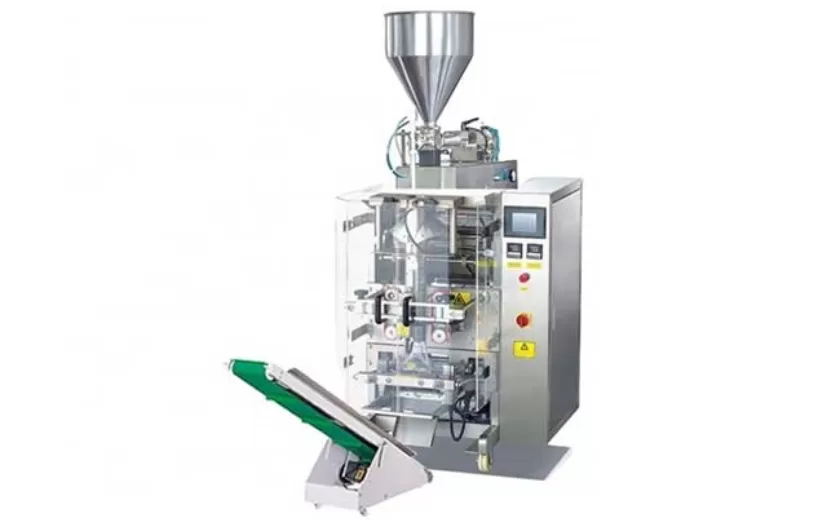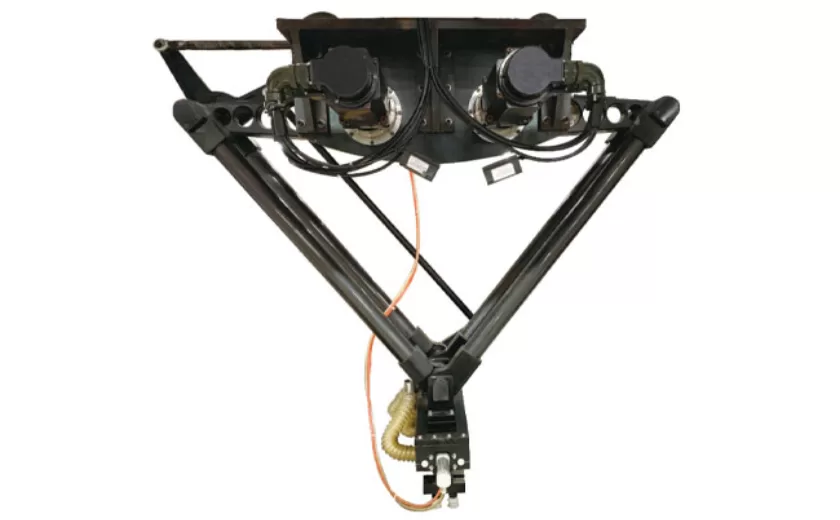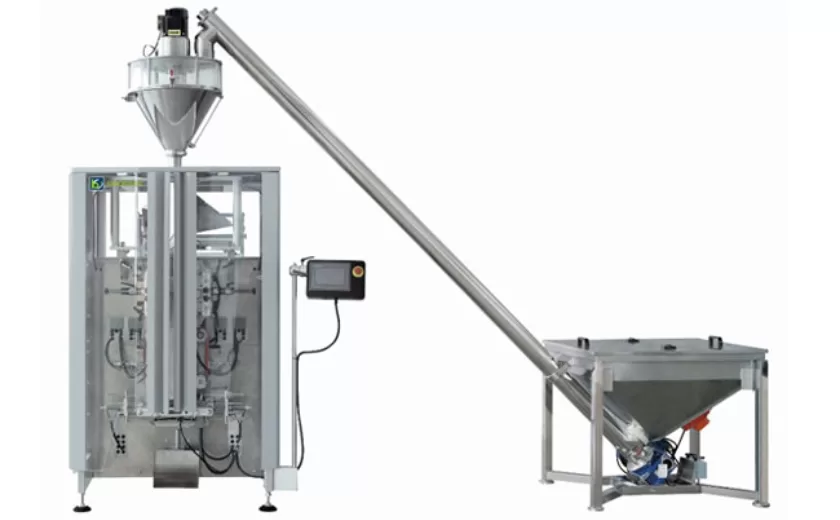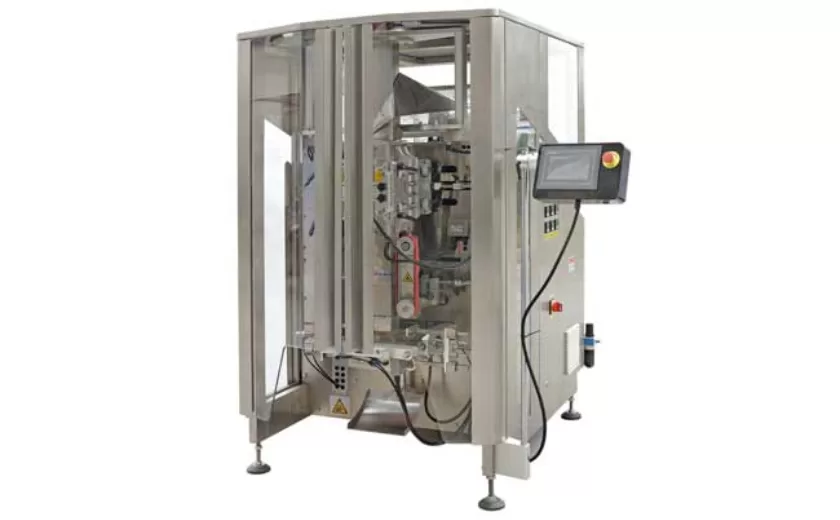Understanding the Technology Behind Tomato Ketchup Filling Machines
Introduction:
Tomato ketchup, a beloved condiment, requires precise filling machines to ensure consistent packaging. This article delves into the intricate technology behind these machines, shedding light on the various aspects that contribute to their efficient and reliable operation. By exploring the mechanics, controls, and innovation driving these machines, we gain a deeper appreciation for the technology that brings this ubiquitous condiment to our tables.
Machine Mechanics:
At the core of tomato ketchup filling machines lies their meticulous mechanical design. The process begins with a hopper that feeds the ketchup into a cylindrical pump. The pump, driven by a motor, exerts force to push the ketchup through a series of valves and nozzles. The valves regulate the flow of ketchup, while the nozzles dispense it into the containers. The entire system is engineered to minimize product waste and spillage.
Control Systems:
Precision and accuracy are paramount in ketchup filling operations, and this is achieved through advanced control systems. Programmable logic controllers (PLCs) manage the machine’s functions, receiving input from sensors that monitor parameters such as flow rate and container volume. Feedback loops ensure that the machine adjusts its performance accordingly, maintaining consistent fill levels and avoiding over or underfilling.
Innovation and Automation:
Continuous innovation drives the evolution of ketchup filling machines. Automation plays a significant role, with machines incorporating automated nozzle adjustment and container detection systems. These advancements enhance efficiency, reduce labor requirements, and minimize the risk of human error. Advanced sensors and data analytics enable real-time monitoring and predictive maintenance, extending machine life and optimizing performance.
Nozzle Design:
Nozzles are crucial components that determine the precision and cleanliness of the filling process. Meticulously engineered nozzles create a controlled flow of ketchup into the containers, preventing drips and ensuring a neat and professional appearance. They are designed to minimize residual ketchup in the nozzles, maintaining product quality and hygiene.
Hygienic Considerations:
Hygiene is critical in the food industry, and ketchup filling machines are designed to meet stringent sanitary standards. They are constructed with food-grade materials to prevent contamination. Quick-release components facilitate thorough cleaning and sanitization, which is essential to maintain product safety and prevent bacterial growth.
Conclusion:
Understanding the technology behind tomato ketchup filling machines reveals the intricate interplay of mechanics, controls, innovation, and hygiene that ensures the efficient and reliable production of this beloved condiment. These machines are testaments to the advancement of industrial machinery, seamlessly integrating automation and precision engineering to cater to the demands of the modern food processing industry. By appreciating the technology that underlies these machines, we can fully comprehend the processes that bring ketchup to our tables.
-
Advanced Packing Solutions: Snacks, Sugar, and Frozen Food Machines
29-10-2025 -
Efficient and Reliable Solutions for Salt, Nuts, and Frozen Dumplings Packing
29-10-2025 -
High-Performance Biscuits, Lollipop, and Ketchup Packing Machines for Modern Food Production
29-10-2025 -
Efficient Liquid Filling and Packing Machines for Modern Production
23-10-2025 -
Reliable Granule Packaging Machines for Efficient Production
23-10-2025 -
Efficient Auger Powder Filling Machines for Accurate Packaging
23-10-2025 -
High-Performance Liquid Filling and Packing Machines for Hygienic Production
10-10-2025 -
High-Efficiency Granule Packaging Machines for Precision and Speed
10-10-2025 -
High-Precision Auger Type Powder Filling Machines for Efficient Packaging
10-10-2025 -
Efficient Vertical Form Fill Seal Packaging Machines for Smart Production
10-10-2025











